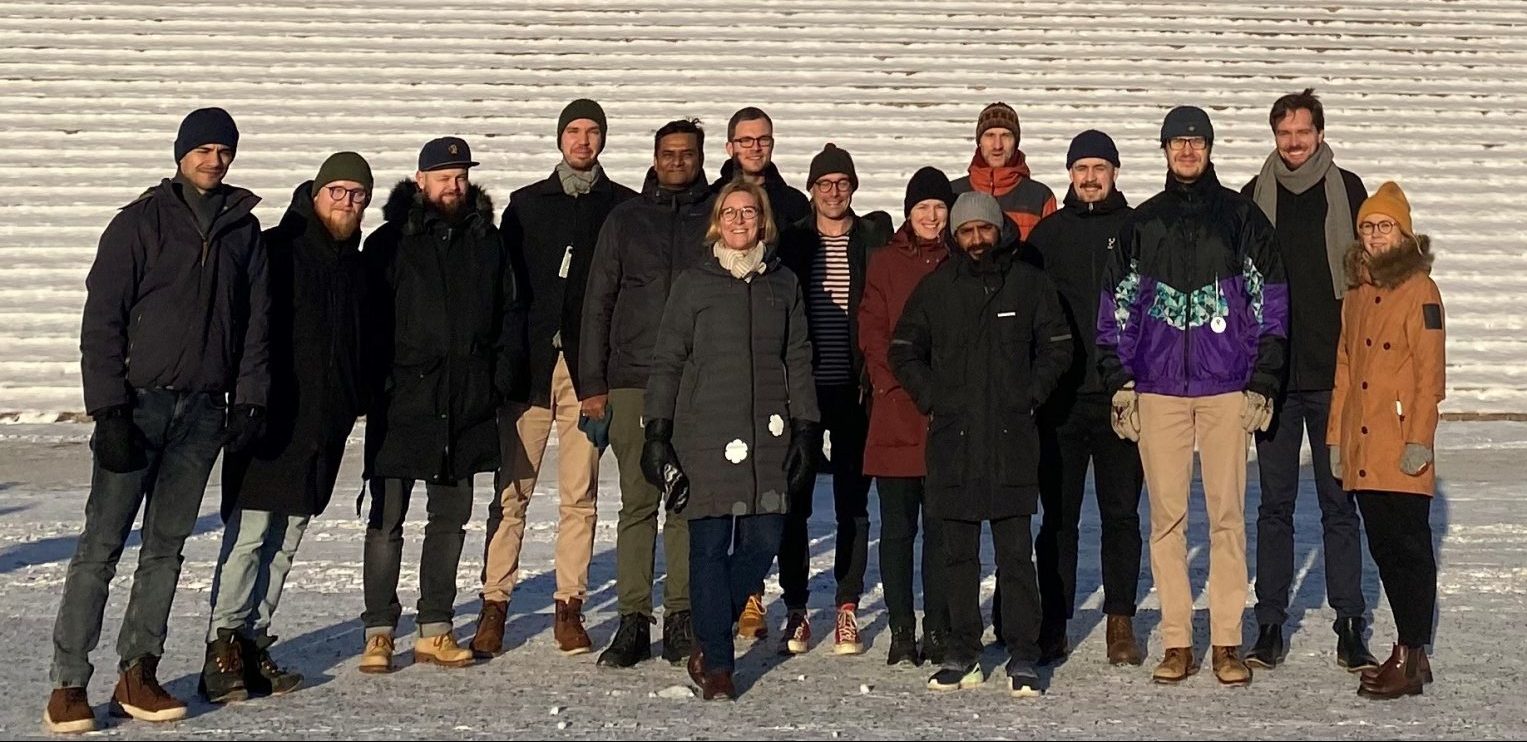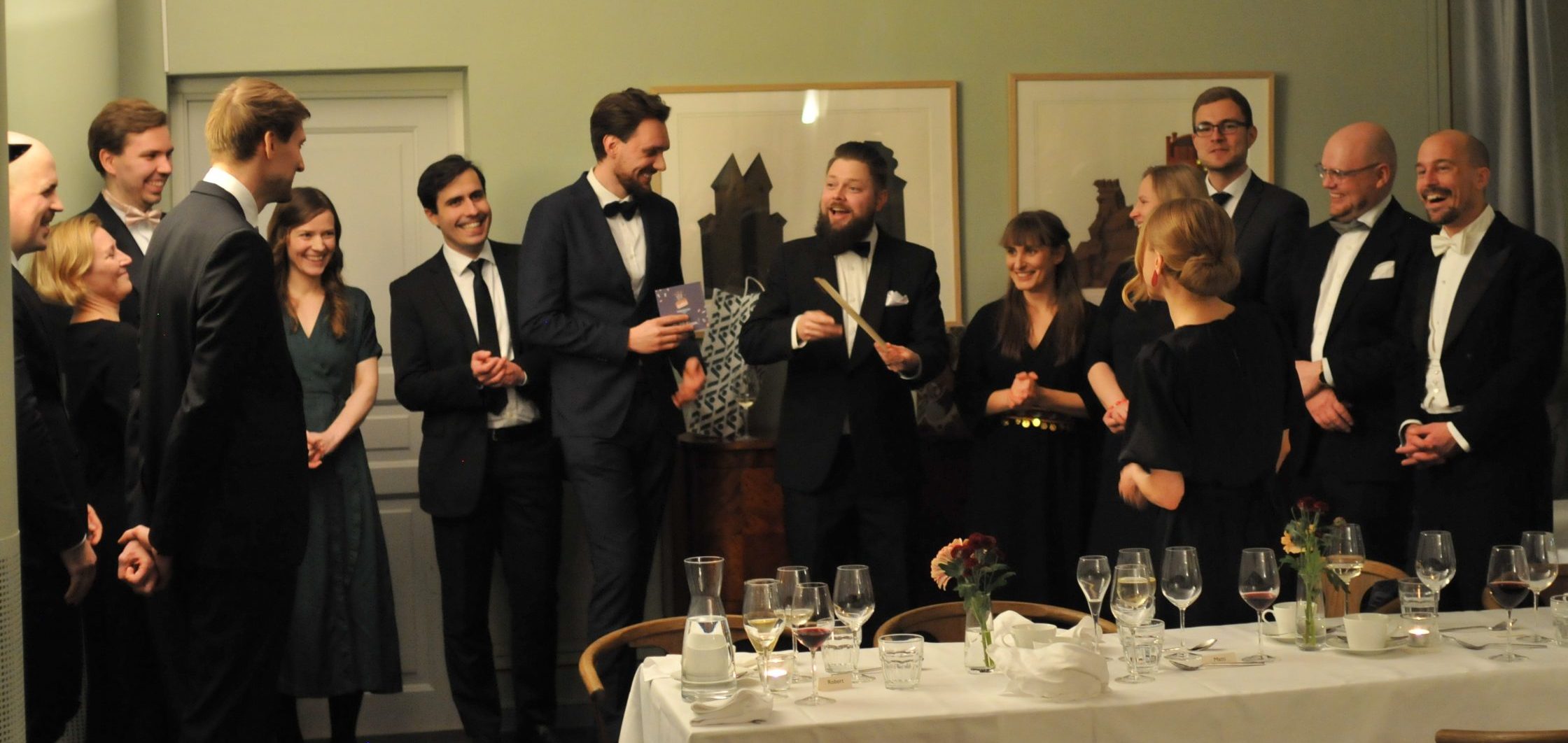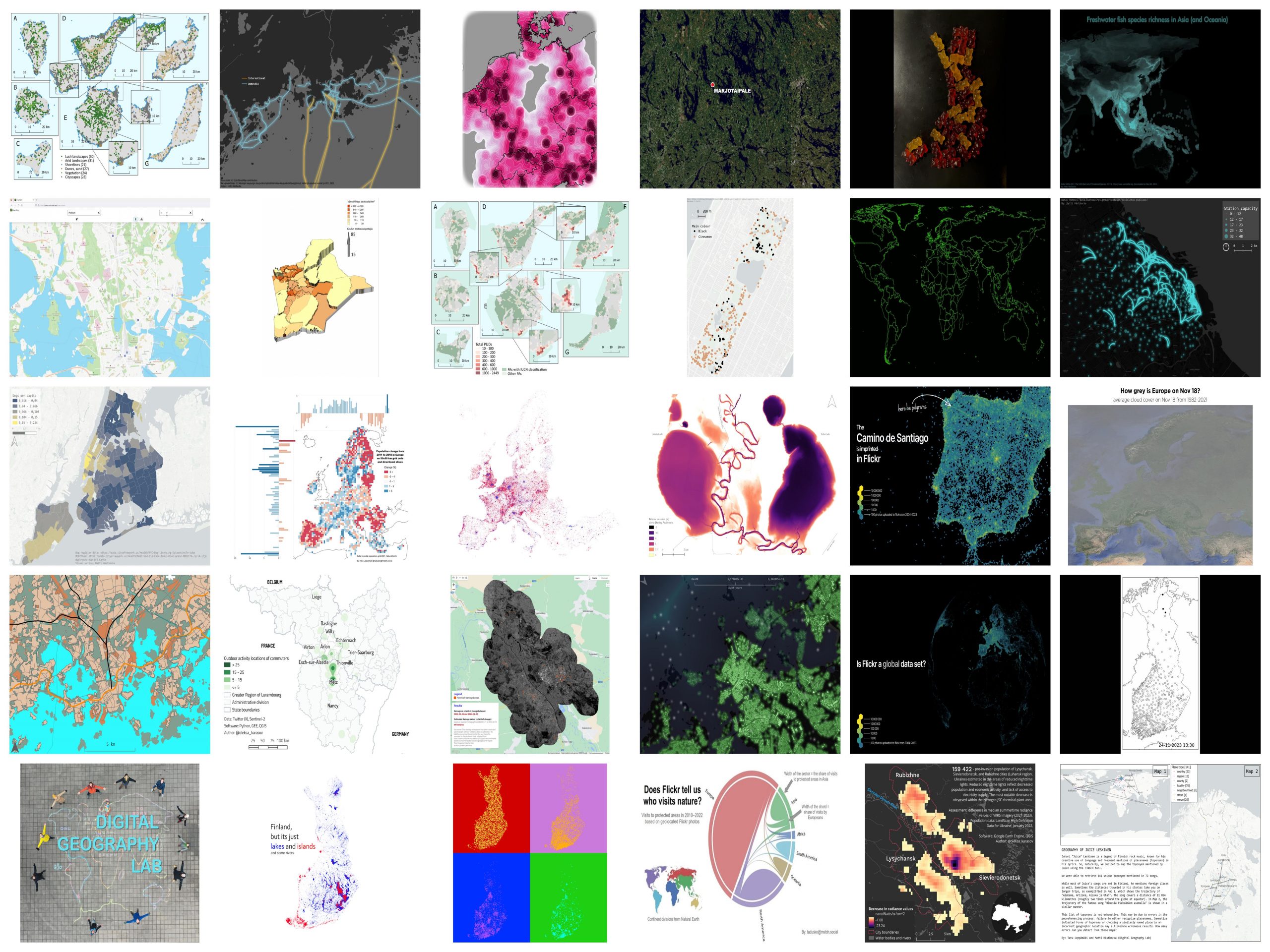We are excited to introduce Kofoworola Modupe Osunkoya, a visiting PhD Researcher from the Urban Spatial Analytics research group at Tallinn University of Technology (TalTech). Modupe is visiting us at the Digital Geography Lab from November 2023 to June 2024 to study urban vitality through social media activity. Check out our mini-interview with Modupe to learn more about her research and interests.
 Who are you, and what is your role at your home university?
Who are you, and what is your role at your home university?
I am Kofoworola Modupe Osunkoya, a PhD Researcher in the Future Smart City project, Urban Spatial Analytics research group at the Department of Architecture and Urban Studies, Tallinn University of Technology, Estonia. I am also an Urban Spatial Analyst with vast experience in planning, designing, and executing sustainable urban mobility.
I obtained two (2) Master’s degrees: Urbanism and Strategic Planning from Katholieke Universiteit Leuven (KU Leuven), Belgium, and Transportation Science from Hasselt University, Belgium. My current focus within the Future Smart City project revolves around exploring ‘smart’ urbanity, new mobility concepts, and the development of sustainable urban futures.
Specifically, my role in the project entails investigating “New Urban Design and Analysis Methods for Transforming Mobility and Urban Morphology.” My research interests lie at the intersection of New Urbanism, Transport Planning, and Urban Planning, where I am passionate about advancing innovative approaches to address contemporary urban challenges.
Please introduce your research topic.
My PhD thesis “Re-discovering Urban Vitality Measurement for Cities in Digital Transition” studies urban vitality in digitalizing cities, its tradition, current and potential measuring methods, and how (big) data can be applied to better recognize vital areas and support their emergence via urban planning and governance. I have combined multi-sourced data, such as mobile phone and traditional data (socio-economic, mixed-uses, population), to analyze the vital urban places and changes over time and space in Tallinn, Estonia.




 The year has been a blast with many joyful and productive moments together!
The year has been a blast with many joyful and productive moments together!

